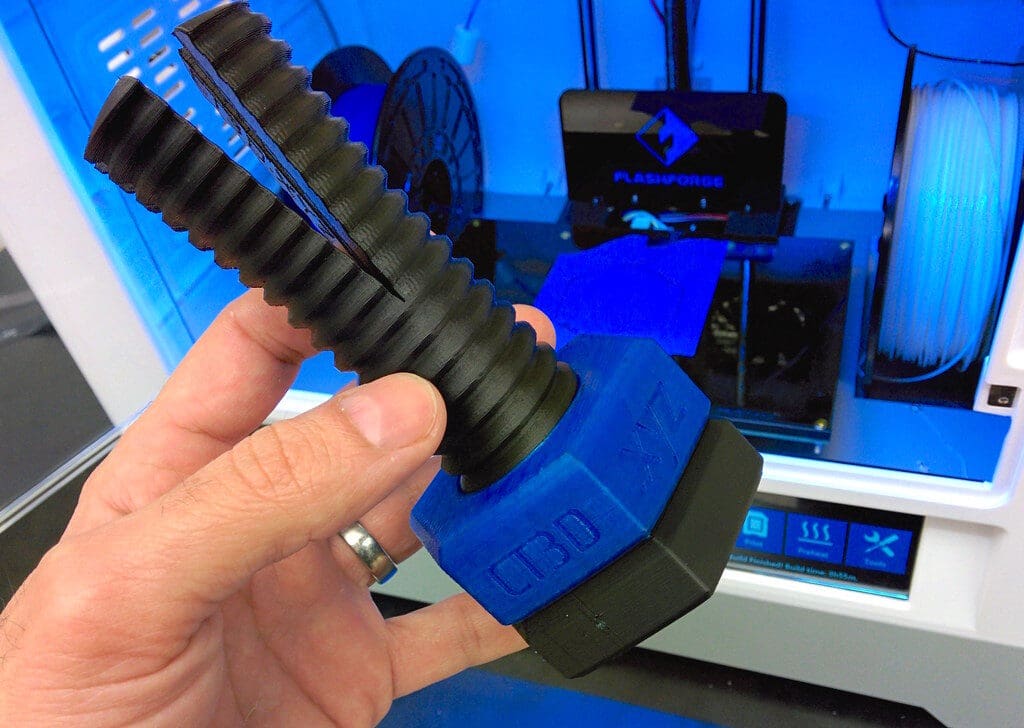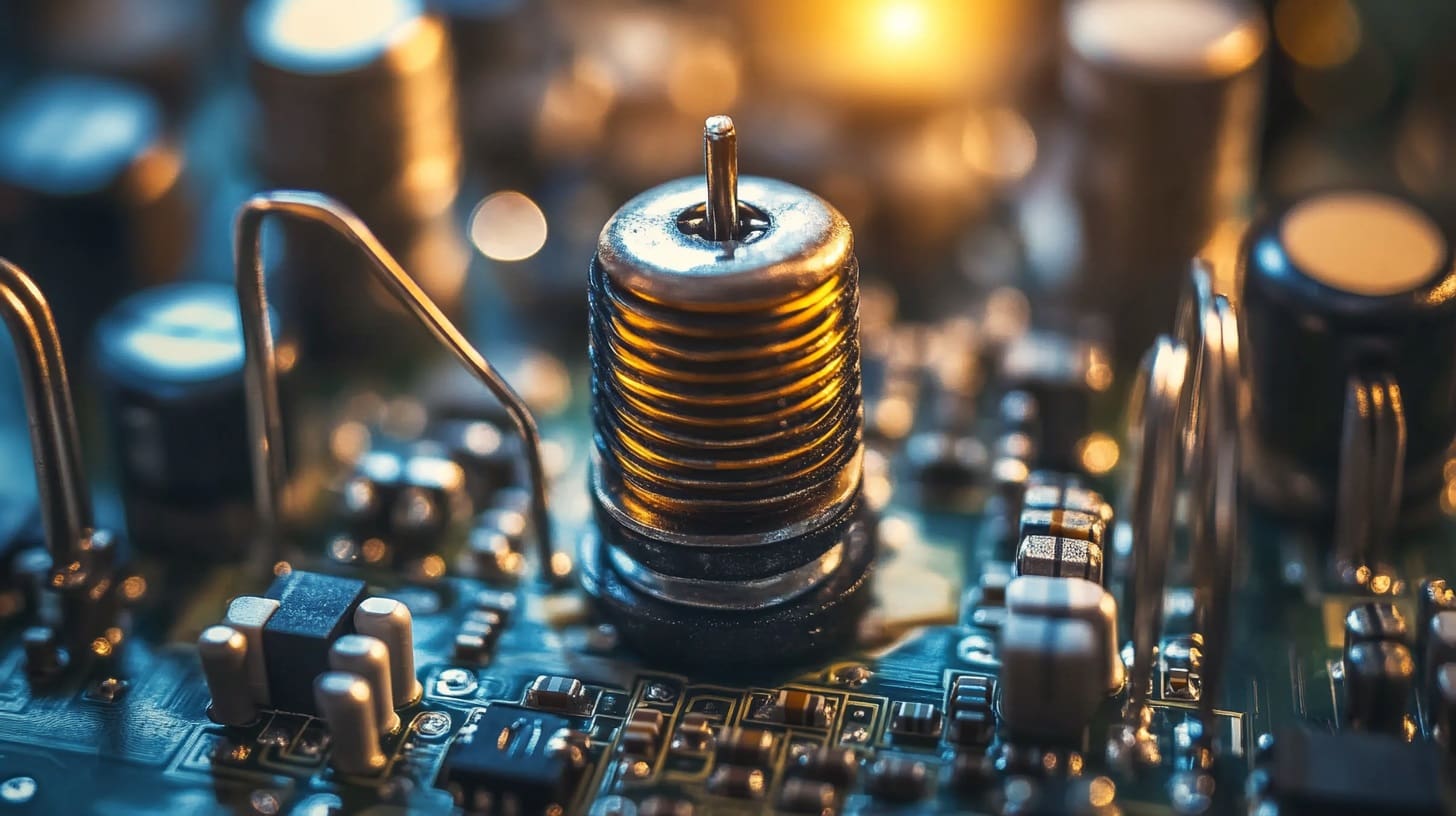Machinery systems engineering is fundamental to the development and maintenance of mechanical systems used across various industries, including manufacturing, agriculture, and transportation. As industries strive for higher efficiency and greater customization, 3D printing, also known as additive manufacturing, has emerged as a transformative technology. This method enables the rapid prototyping, customization, and production of machinery parts with complex geometries that traditional methods cannot easily or economically achieve. The integration of 3D printing is revolutionizing the way engineers design, test, and implement mechanical systems.
The Emergence of 3D Printing in Machinery Systems Engineering
Initially utilized for rapid prototyping, 3D printing has expanded its capabilities to include the production of functional, end-use mechanical components. This technological evolution is driven by advancements in 3D printing technologies and materials capable of meeting the rigorous demands of industrial applications. Today, 3D printing is not just about creating models but fabricating critical, load-bearing parts used in various machinery systems, thereby reducing lead times, lowering costs, and increasing the functionality of mechanical components.

Advantages of 3D Printing in Machinery Systems Engineering
Rapid Prototyping and Iterative Design: 3D printing facilitates swift prototyping, allowing engineers to develop and refine designs quickly. This accelerates the innovation process, enabling faster transition from concept to production.
Complex Geometries and Integration: The ability to produce complex geometries with 3D printing allows for the integration of multiple functions into single components. This not only reduces the assembly time and material usage but also enhances the performance of machinery by minimizing the weight and optimizing the layout of parts.
Customization and Flexibility: Additive manufacturing is ideal for producing bespoke components tailored to specific machinery applications or customer requirements. This flexibility is particularly beneficial in small-scale production or for parts that require frequent updates based on evolving technologies or market demands.
Material Efficiency and Waste Reduction: 3D printing builds parts layer by layer, which drastically reduces material waste compared to traditional subtractive manufacturing methods. This efficiency is crucial for cost control and environmental sustainability in machinery manufacturing.
Key Applications of 3D Printing in Machinery Systems Engineering
Production of Custom Tooling and Fixtures: 3D printing is used to create customized jigs, fixtures, and molds that are critical for the manufacturing process. These tools can be produced quickly and modified easily, providing significant time and cost savings.
Manufacturing of Complex Components: Components such as gears, brackets, and hydraulic parts are often produced using 3D printing to take advantage of complex designs that are optimized for performance but difficult to manufacture traditionally.
Repair and Maintenance: Additive manufacturing can produce replacement parts on-demand, even for obsolete machinery where spare parts are no longer available. This capability is crucial for maintaining the longevity and functionality of equipment with minimal downtime.
Integration of Advanced Materials: 3D printing enables the use of advanced materials, including composites and high-performance polymers, which are often used to enhance the properties of machinery components, such as heat resistance, strength-to-weight ratio, and chemical stability.

Challenges in 3D Printing for Machinery Systems Engineering
Despite its advantages, several challenges hinder the broader integration of 3D printing into machinery systems engineering:
Material Properties and Durability: Ensuring that 3D-printed parts meet the durability and longevity required in heavy-duty machinery environments is challenging. Continuous material innovation and testing are necessary to improve the performance characteristics of printed parts.
Scale of Production: While 3D printing is effective for prototyping and small-scale production, scaling up to mass production levels remains cost-prohibitive and technically challenging with current technology.
Technical Expertise and Training: Operating advanced 3D printing equipment and optimizing designs for additive manufacturing require specialized knowledge and skills, necessitating significant investment in training and development.
Future Directions in 3D Printing for Machinery Systems Engineering
The future of 3D printing in machinery systems engineering looks promising, with ongoing advancements in printing technologies, material science, and digital design expected to mitigate current limitations. Innovations such as hybrid manufacturing processes, which combine additive and subtractive manufacturing, and the development of new materials are likely to expand the applications and efficiency of 3D printing in this field.
3D printing is poised to continue transforming machinery systems engineering, offering new levels of efficiency, customization, and innovation. As the technology evolves, it promises to redefine traditional manufacturing approaches, leading to more sophisticated, cost-effective, and environmentally friendly machinery systems.








